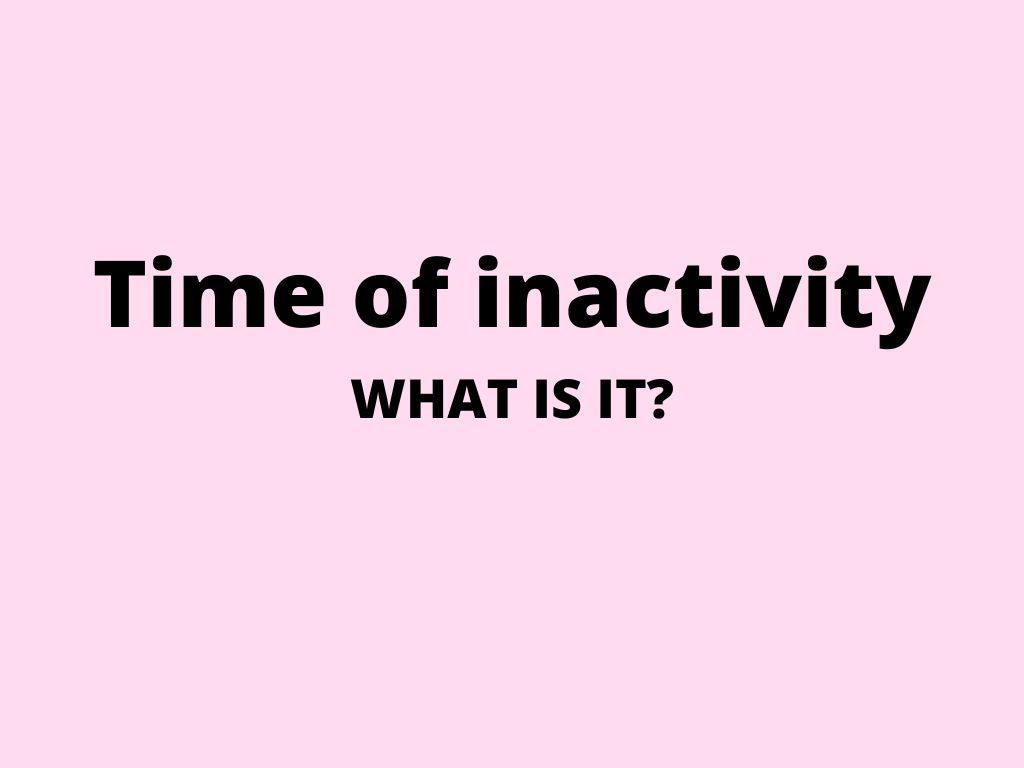
Time of inactivity
The term “time of inactivity” refers to the duration since a user last interacted with an app. It holds significant importance in identifying and categorizing inactive users based on how long they’ve been inactive. This categorization helps in executing effective re-engagement campaigns.
Why is “user” significant?
Re-engagement campaigns, whether through push notifications or in-app retargeting ads, offer a chance to remind inactive users of the app’s value. By delivering personalized and relevant messages to these users, an app can reinforce its unique benefits and prevent users from churning or abandoning the app.
To maximize the effectiveness of re-engagement efforts, it’s crucial to tailor the messaging and include deep links. This ensures that users not only click on the ad but are directed to the relevant section within the app to complete desired actions upon re-engagement.
Let’s consider some practical examples:
- Time of inactivity – 2 Weeks If a user has been inactive for just two weeks, they might simply have been occupied with real-life activities. In such cases, a gentle reminder of the app’s unique offerings can suffice. The message could acknowledge the two-week inactivity with something like, “We’ve missed you in these past two weeks.”
- Time of inactivity – 2 Months For users inactive for two months, a persuasive approach might be needed. Offering a discount or a special deal can help reignite their initial enthusiasm for the app.
- Time of inactivity – 6 Months When a user has been inactive for up to six months, it’s advisable to communicate any new features and added value that the app has introduced since their last interaction. This can help rekindle their interest in the app.
Monitoring and categorizing users based on their time of inactivity is a fundamental aspect of user engagement strategies. It allows app developers and marketers to customize their re-engagement efforts, ensuring that messages and incentives are appropriately aligned with the user’s level of inactivity. Furthermore, the time of inactivity can vary from one app to another, making it essential to analyze user behavior and preferences within specific contexts.
Effective re-engagement campaigns not only encourage users to return to the app but also contribute to user retention and long-term app success.
Was this article helpful?
Support us to keep up the good work and to provide you even better content. Your donations will be used to help students get access to quality content for free and pay our contributors’ salaries, who work hard to create this website content! Thank you for all your support!
Reaction to comment: Cancel reply